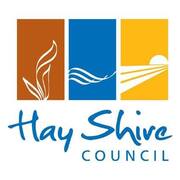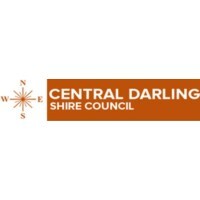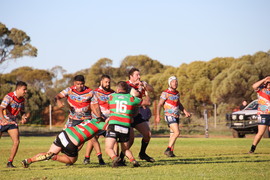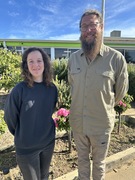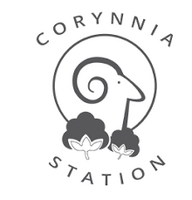New COVID Variant Making Its Mark Across Australia
Kimberly Grabham
31 May 2025, 2:00 AM

As we prepare for another winter, a new COVID variant is quietly spreading across the country, prompting health experts to renew calls for vaccination boosters.
The variant, known as NB.1.8.1, has caught the attention of health authorities worldwide.
The World Health Organisation recently designated it as a "variant under monitoring" – a classification reserved for strains that show concerning characteristics or rapid spread.
This new strain isn't just making headlines overseas.
It's already established itself across Australian states, with Victoria showing the highest concentration at over 40 per cent of tested cases.
Western Australia and New South Wales are seeing around 25 per cent of their cases from this variant, whilst Queensland sits at about 20 per cent.
South Australia has recorded the lowest levels so far, with less than 10 per cent of cases.
The timing is particularly concerning as Australia heads into the colder months, when respiratory illnesses typically surge.
Health data suggests case numbers have been climbing since late May, though the true extent may be underestimated since many people no longer test or report infections.
NB.1.8.1 belongs to the Omicron family tree, descending from a strain called XDV through genetic mixing of existing variants.
Scientists first detected it in January 2025, and it's been steadily gaining ground since then.
What makes this variant stand out are specific changes to its spike protein – the part of the virus that helps it latch onto our cells.
Early laboratory research suggests these mutations may make the virus better at binding to human cells, potentially making it more infectious than previous strains.
The research also indicates that antibodies from previous infections or vaccinations may be somewhat less effective against this variant, though they still provide important protection.
This combination of easier transmission and partial immune evasion could explain why NB.1.8.1 is becoming more prevalent.
Despite these concerning characteristics, there's reassuring news about the illness itself. Health experts haven't observed any evidence that NB.1.8.1 causes more severe disease than other recent variants.
People infected with this strain are experiencing familiar COVID symptoms: sore throats, fatigue, fever, mild coughs, muscle aches, and blocked noses.
Some people also develop gastrointestinal symptoms.
Essentially, if you've had COVID before or know someone who has, the experience with this variant should be similar.
One of the most important messages from health experts is that current vaccines remain effective against severe disease, even with this new variant. The latest boosters available in Australia target JN.1, which is an ancestor of NB.1.8.1, so the protection should translate well.
However, vaccination rates tell a concerning story.
In the past six months, only about seven per cent of Australian adults have received a COVID vaccine.
This low uptake is happening whilst respiratory infections are climbing across the country.
Recent data from New South Wales alone shows significant weekly increases: COVID notifications up by nearly 30 per cent, influenza notifications up by about 26 per cent, and RSV notifications up by almost 10 per cent.
These numbers paint a picture of a challenging winter ahead for Australia's healthcare system.
More than five years since COVID was declared a pandemic, Australia continues to experience regular waves of infection.
The virus keeps evolving, becoming what experts describe as more adept at evading our immune responses.
This reality has prompted renewed focus on public health measures. Health authorities are continuing genomic sequencing to track the variant's spread and encouraging Australians to consider booster shots, particularly those who haven't been vaccinated in the last year.
The message from medical professionals is clear but not alarmist.
COVID remains a significant health concern, with Australia recording around 500 COVID-related deaths already this year.
Whilst most people will experience mild illness, the virus can still cause serious complications, particularly for vulnerable populations.
As winter approaches and this new variant spreads, health experts are emphasising simple but effective strategies.
Getting up-to-date with vaccinations – both COVID and flu shots – remains the best protection against severe illness.
Beyond vaccination, the familiar public health advice still applies: washing hands regularly, staying home when unwell, and considering masks when you have respiratory symptoms to protect others.
The emergence of NB.1.8.1 serves as a reminder that COVID hasn't disappeared.
Whilst we've adapted to living with the virus, staying vigilant about our health and the health of our communities remains important, especially as we head into what could be a challenging winter respiratory season.
NEWS
SPORT
RURAL
COMMUNITY
VISIT HAY
